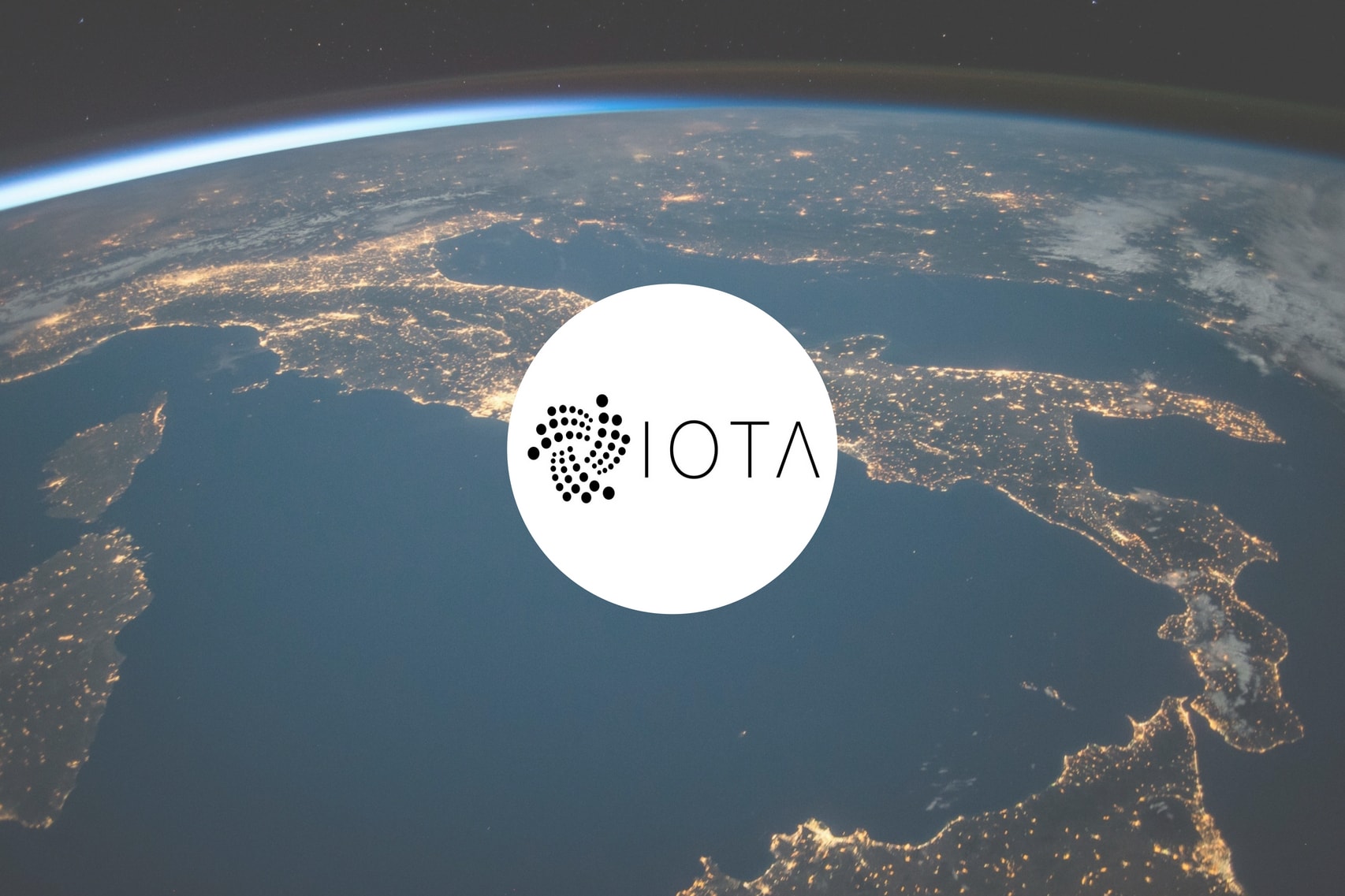IOTA has been making much headway in 2018, having launched their Trinity Mobile wallet, announced a Tangle-based ID card and a partnership with German automobile giant Volkswagen, and released details of a project the team considers to be one of their biggest milestones: the IOTA Qubic.
July 2018 marks the first of the team’s communication about the latter, following the release of the Qubic website. Qubic hopes to create “machine economies” that can perform computations in a distributed network much quicker through an oracle designed specifically for smart contracts, outsourced computation and oracle machines.
In keeping with the team’s promise to release details about the status of Qubic on the 3rd of every month, the team has offered some more details in a recent blog post, which satiated the community’s desire to know when the major milestone might actually arrive in full.
Unfortunately for the project’s ardent community, the team hasn’t yet revealed the final roadmap with deadlines. They state that it has been prepared, but with the limited resources at their disposal, hasn’t yet been integrated into their site. The Qubic roadmap will resemble the roadmap on the Trinity website.
An Outline of the Qubic Roadmap is Released
As the team states, Qubic is roughly the work of 2 separate developments: the Qubic protocol itself and the Abra language, which is the programming language that will be used to create Qubic tasks. They have made progress in both areas in June, as well as working towards a document that details the technical aspects of Qubic.
The objectives of the Qubic project described in the blog post function simply as a broad outline and the team expects that there may be additions and modifications.
Concerning the protocol, the team has prepared an extensive agenda. These objectives cover different functions of the protocol, while some focus on providing more information on the protocol itself.
Examples of the latter include the release of a paper that covers the technical side of the protocol and reference documentation for it, dubbed Qubic math and specification respectively.
The roadmap for the protocol focuses largely on putting together the parts that will allow for reliable and efficient large-scale computation. Notable is the Q-tangle which is a localized tangle designed for the Qubic protocol and only contains transactions relating to it.
Similarly, the Qubic quorum deals with the computations themselves, and includes how quorums are validated and come to consensus. It is also worth noting that Q-node, an IOTA full node, will have the integrated ability to run the protocol.
A Proof-of-Concept for some significant use cases is very important for the team, and this is their biggest priority for the moment. Expect this to be one of the first updates to be released.
The Abra language, the other side of development in this project, will see the team building an Abra compiler, interpreter, support library, a development environment and documentation. There will also be support for x86 computation.
AMAs are growing in popularity as a way for the team to communicate directly with its investors and IOTA has conducted an AMA on Qubic on July 17. We will round up the highlights of the AMA, so stay tuned for that.
Further details on the Qubic protocol and Abra can be found on IOTA’s blog.
Qubic as the Backbone for IoT
Qubic has stirred much excitement in the community because of its implications for the network.
IOTA’s tangle is ideal for the upcoming age of the Internet of Things, an era in which billions of devices could be connected to each other, sending data and analyzing it in real time. The Qubic, which uses Quorum-based computations, can hopefully enable these devices to interact with each other more quickly, thus facilitating the machine economy, which entails value being transferred across devices. At the heart of everything lies IOTA’s tangle.
Qubic will focus on 3 types of computation: oracle machines, smart contracts and outsourced computations. Each will have its own applications, ranging from stock patterns and weather metrics to the renting of computation power from the network. Smart contracts will allow for these transactions to be conducted automatically and seamlessly.
By and large, this is one of the most notable developments from an already unique project. The broad applications of this technology, if successful, could further cement IOTA as a project that is a long-term winner. We’re glad to see that they’re releasing regular updates on Qubic and eagerly wait for a clearer roadmap.
Related: IOTA Price Analysis: Bullish Momentum Pushes MIOTA Above $1

